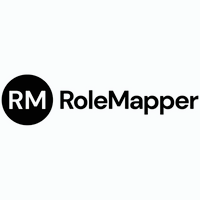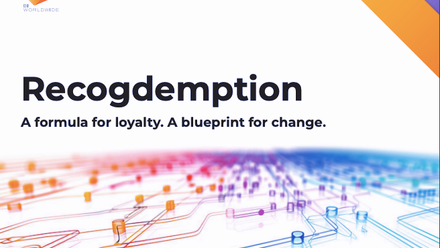How to futureproof your job architecture
As organisations evolve, whether through rapid growth, product expansion, or market shifts, one constant challenge remains: how to structure work in a way that balances clarity and fairness for employees with the need for organisational agility.
That’s where a job architecture comes in.
A job architecture provides the foundational framework for defining and aligning roles based on the type of work performed.
It supports consistent, transparent, and market-relevant compensation structures, enabling reward teams to manage internal equity, reinforce pay governance, and promote fairness.
A well-designed architecture also offers the clarity needed to scale a business and adapt to emerging priorities such as skills-based approaches and pay transparency legislation.
Focus on creating job families
To build a resilient and scalable job architecture, start by defining clear job families rather than relying on job titles.
Job titles often vary across teams and are shaped by legacy systems or personal preferences, making them an unreliable foundation for workforce and compensation planning.
Instead, focus on defining job families.
These are groups of related jobs within an organisation that share similar skillsets, nature of work and career paths.
The essential nature of the activities and the basic skills required will be similar for all roles within a job family.
However, the level of responsibility, the skills necessary to perform the work, and the scope of the role may vary.
This structure supports consistent levelling and enables more accurate benchmarking and pay decisions.
Organising work in this way creates a flexible, future-ready framework that can adapt as your organisation evolves.
Use a levelling framework to create structure
Clear job levels are crucial for distinguishing roles based on their complexity, scope, and decision-making authority.
A strong levelling framework is at the heart of effective compensation design, enabling fair and transparent pay practices.
It provides a standardised approach for evaluating roles across functions and geographies, promotes internal equity, and helps employees understand their progression opportunities.
Critically, a levelling framework futureproofs your job architecture by creating a scalable structure that evolves with your organisation.
As new roles are created, they can be easily aligned to the rest of the roles in the organisation using the levelling framework.
Make skills a core component
As roles evolve and technology advances, integrating skills into your job architecture is essential for long-term resilience.
A future-ready skills framework defines the technical and behavioural capabilities needed at each level and across job families.
It can be used to fine-tune pay decisions, linking pay progression to the development of capabilities.
By embedding skills into job design and your job architecture, you enable more agile talent decisions, which, in turn, support internal mobility.
A skills-based approach ensures your organisation can respond quickly to change and remain competitive in a constantly shifting landscape.
Build for pay transparency and fairness
With rising expectations around transparency, driven by an increase in legislation such as the EU Pay Transparency Directive, organisations must ensure that their job architecture can withstand external scrutiny.
This means building a structure that is internally consistent, externally benchmarkable, and clearly aligned with your pay strategy and pay principles.
To effectively future-proof your job architecture, it should enable roles to be grouped in ways that make potential pay equity issues visible.
Technology, particularly AI, can support this by using natural language processing to analyse job content and identify groupings based on work similarity.
Make it dynamic, not static
Even the best-designed job architecture will age quickly if it is not maintained.
It should be treated as a dynamic framework, with regular reviews to ensure if reflects current organisational needs and market conditions.
Routine audits can reveal issues such as pay compression, misaligned job levels, or outdated role definitions.
Involving senior leaders and people managers in these reviews helps keep the architecture relevant, strategic, and fully integrated into the decision-making process.
Summary
In a changing world of work, a strong job architecture provides more than structure; it offers a platform for equitable, consistent and strategic reward practices.
For reward professionals, it’s a critical enabler of pay fairness, transparency and agility.
By focusing on job families, skills, levels, and governance, you can build a system that supports today’s needs and is also able to adapt to future challenges.
Supplied by REBA Associate Member, RoleMapper
RoleMapper is an AI-powered job data transformation and management platform.








